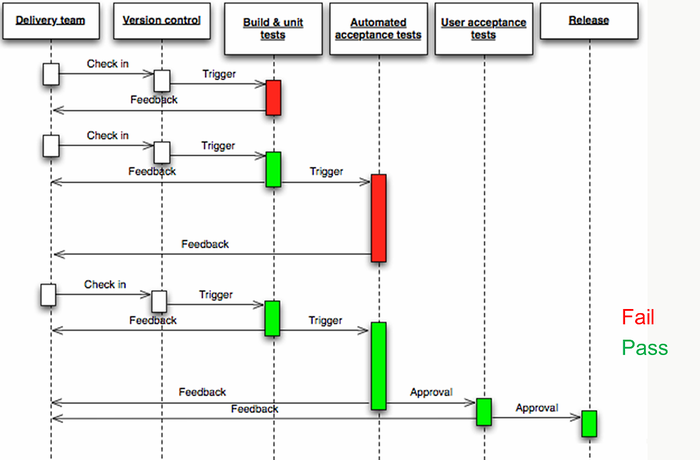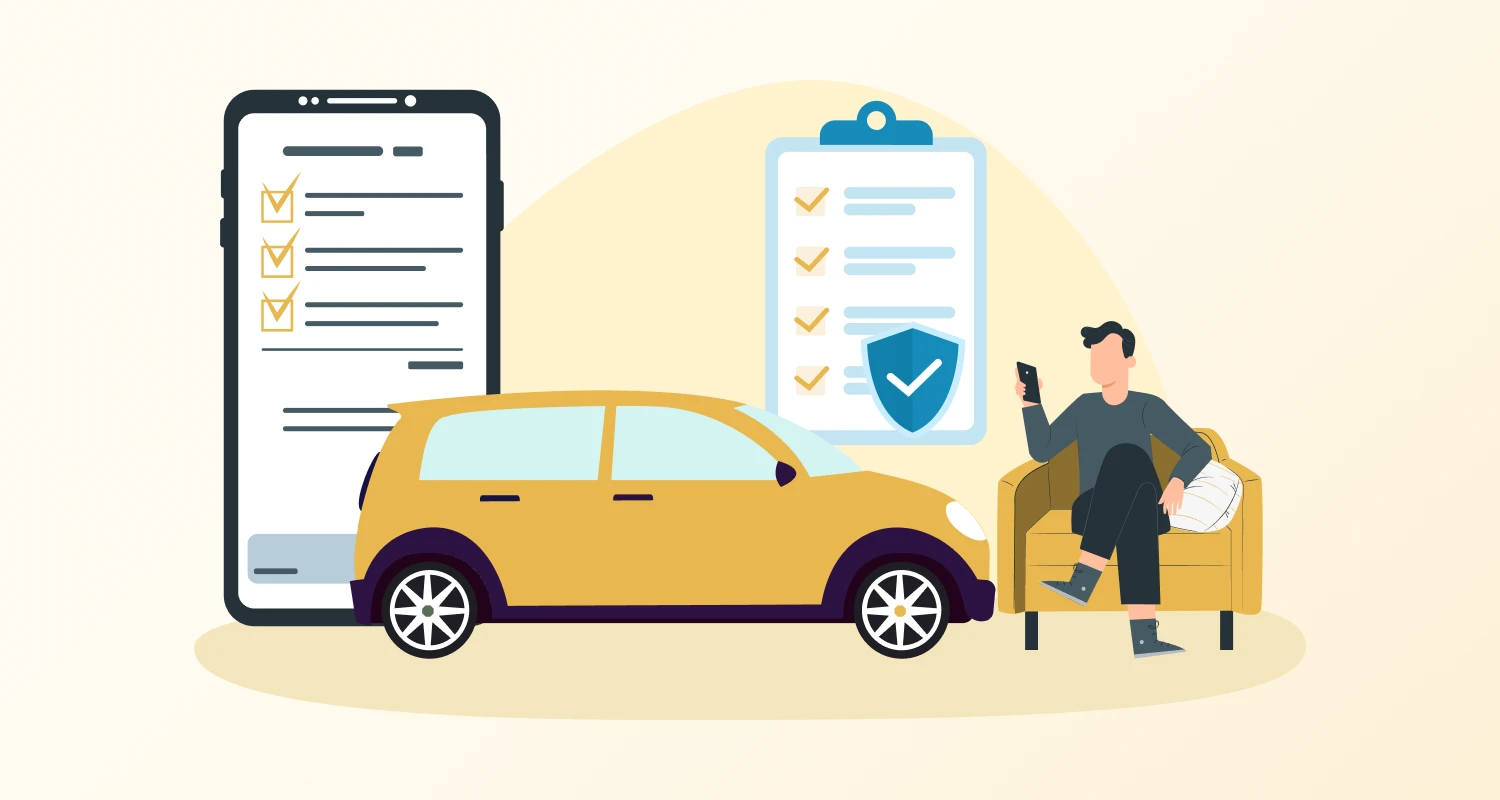Mobile app development is increasingly getting tricky. Every different aspect of development and all the post-launch aspects now have a serious bearing on the user experience as well as the app success in the market. Just like faster development a mobile app development company need to ensure faster deployment of your app as well.
Deployment after the launch of the app should actually be streamlined and least complicated. In fact, the deployment deserves to be the easiest step in the entire production process. There are many time-tested principles that evolved over the years for faster deployment. We are going to explain 7 such tips for faster deployment.
1. Do Automation Wherever Possible
Computers are good at doing repetitive tasks, following instructions and following a guided path. This is why automation can take away most of your worries for app deployment. Initially, just work out a script of commands that fit your needs and later on automation will take care of the deployment based on this script of commands. Every time you need to update some changes, all you need to do is to run that script.
But the mobile app space evolved so fast in the past few years that even now you don’t need such a script. Rather, you have ready to use deployment tools like Terraform, Ansible, and Jenkins. Moreover, you can manage your command scripts through version control mechanism to refer to any change. This takes to a situation where deployment and even reverting to the earlier version of a change just needs the click of a button. Automation in deployment allows you to move forward and backward in the line of updates and changes.
2. Continuous Deployment Through Streamlined Testing
We are already on the path of continuous development and deployment. Concurrent deployment while building the app actually saves all the time and complexities involved concerning challenges deployment. Here are the principal advantages of continuous deployment while doing mobile app testing.
- When deploying concurrently the need for smaller and specific iterations may arise but they are also easy to troubleshoot and manage.
- Thanks to continuous deployment, app updates can be more frequent. Frequent updates keep the app alive and more performance driven.
- Concurrent deployment and consequent frequent updates allow the users access to new features quickly.
- Frequent updates also help to address user concerns and feedbacks more frequently.
3. Build The Application All At Once
One of the biggest constraints of faster deployment is the rebuilding of the app several times. If an app is built at one go packing all its core elements, the deployment easily gets faster without requiring much time. This is why it is always recommended for both iOS and android app developers to build the app completely at one go and deploy the same.
Even deploying an app for different environments will not take much hardships and time if the core package remains intact. By managing the configuration of the app and by removing the placeholders containing environment specific information you can easily make the app ready for deployment. This is the way you can move the app’s core package across multiple environments. If you have tested just the same package in development as well as deployment, the process obviously becomes easier and faster.
4. The Problem Of Frequent Logging
Didn’t we see some apps require to log in every once in a while? Well, though such practice has already been outdated, it can significantly cause distress in the app deployment process. Logging repeatedly actually ends up causing caching problems for the app.
Just by addressing the logging errors you can make deployment and access to the latest app version much easier. Always research well regarding logging problems across various languages and app platforms and accordingly solve the problem to prevent frequent logging and consequent caching issues.
5. Follow A Deployment Pattern All The Time
Most deployment problem occurs when you deploy the app different way every time across every different platform. To solve this you need to deploy the app following a similar pattern for everywhere.
To maintain consistent deployment across app platforms you need to ensure a highly productive environment. Don’t misunderstand this as the need of having the same data at every place. Instead, you need to offer a similar balance just the way scaling and weighting does in maintaining weight in a production facility. For example, if the entire hosting is cloud-based, the development should rely on the cloud.
6. Make Use Of Feature Flags
Every app developer wants to deploy the changes without grabbing much notice of the users. If you are serious about smooth deployment without the new changes causing any constraints or limitations, using feature flags and combining them with separate colors can be very effective.
When incorporating changes they fully need to be compatible with backward movement or reverting to earlier features. Blue/green deployment pushing the flags for features is a nice way to deploy and iterate safely. You can also push the changes in the app slowly through canary deployment.
While deploying with feature flags you can just incorporate all the changes while the flag remains turned off. Then for monitoring purpose, you can turn the flag on for a very limited number of users. Now keep pushing the changes for more users little by little until you are convinced that the changes are good and needful for the app. When the changes are thus tested you can turn on the feature flag for all users to access them.
7. Deploy Frequently And In Smaller Packets
Now, when all the previous practices guarantee a reliable deployment of the app, you should deploy changes frequently and come with small bundle if changes instead of packing all the changes together. Automating the test cases will further help you in detecting loopholes and user reactions that further can be incorporated for the next update.
Always address the feedbacks through every deployment of updates and changes. That is another way the deployment can actually make your app user experience better. Instead if waiting with too many changes for deployment, deploy in small packs and continuously make the app better.
In a streamlined production environment, the faster deployment process is one of the crucial criteria to make the app continuously better while saving the critical time to market. The above-mentioned tips well explain how streamlining and automating deployment with continuous engagement can create deliver value.










